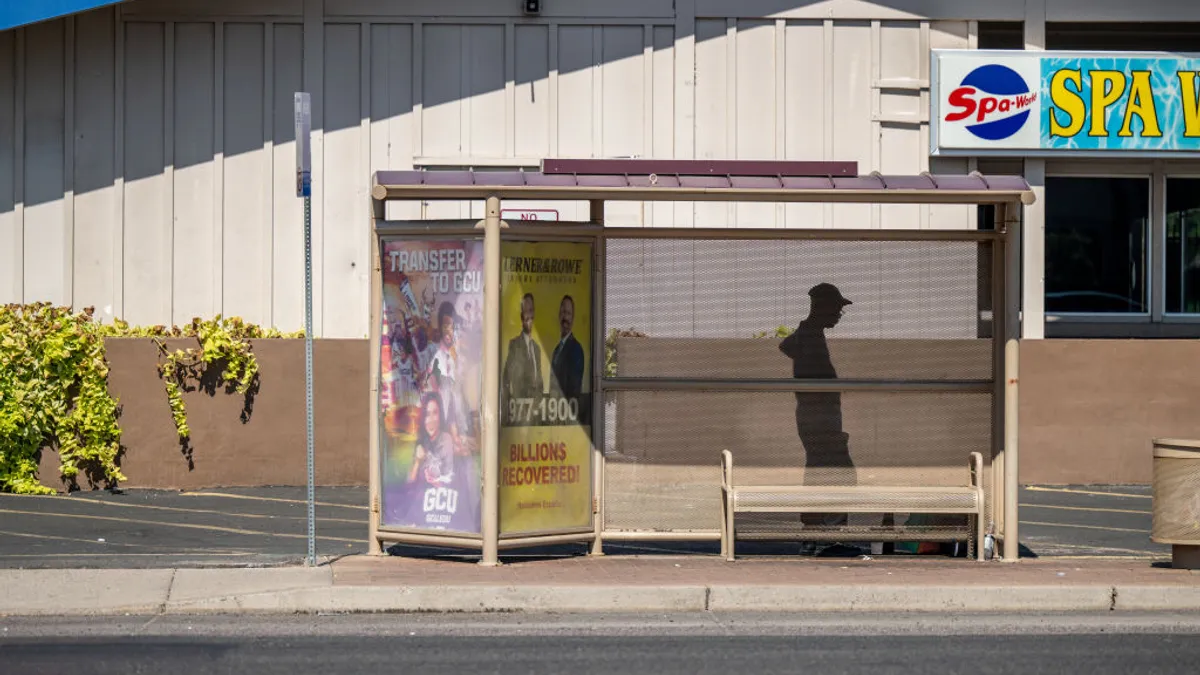Dive Brief:
- Google is piloting an online mapping tool in 14 U.S. communities to help city leaders understand how trees and highly reflective surfaces, like cool roofs, could help mitigate urban heat, according to a press release issued last week.
- “Cities can determine the neighborhoods with the highest heat exposure and vulnerability, and which cooling interventions could have the most reduction in surface temperatures,” said Mansi Kansal, Google Research product manager, in an email.
- The tool, which is not publicly available, Kansal said, applies artificial intelligence to satellite and aerial imagery to quantify potential reductions in surface temperatures.
Dive Insight:
Climate change-driven extreme heat presents a pressing challenge for cities around the world. Local and state governments are beginning to hire chief heat officers and devise heat action plans packed with short-term measures, such as opening cooling centers for the public to find respite on hot days, and long-term strategies, like increasing tree canopy.
Among the solutions that cities are turning to are “cool” pavement and roofs, which are designed to reflect rather than absorb sunlight. Some research has shown these reflective surfaces, deployed at neighborhood scale, can lower the ambient air temperature by several degrees Fahrenheit. However, some experts warn that this cooling effect is marginal compared with the public health benefits of increasing access to shade.
Google’s new tool marks another way city leaders can try to figure out the best heat mitigation measures for their community. It’s available in Austin, Texas; Baltimore; Boston; Boulder and Colorado Springs, Colorado; Los Angeles; Miami-Dade County, Florida; Nashville, Tennessee; New York City; Phoenix; San Antonio; Stockton, California; Tempe, Arizona; and Washington, D.C., Kansal said.
The tool allows city planners to predict how changes in cool roof areas and tree canopy would change the average summer land surface temperature in their communities. It includes filters to show areas that see the highest temperatures and are most vulnerable, based on factors such as median household income and social vulnerability index, Kansal said.
Powering the tool is AI-driven object detection and models that account for local characteristics including how much green space a city has or how well the roofs on buildings reflect sunlight, the press release says.
The tool measures land surface temperatures rather than air temperature because the former provides higher spatial resolution and is available globally, Kansal said. Air temperature data is much more sparsely available and requires additional weather factors for accurate modeling.
The land surface temperature data can give cities reliable insights that can enable decisions now on cooling interventions in vulnerable areas, Kansal said. Meanwhile, Google is working on longer-term research to model the effects of cooling interventions on air temperature. The tech company hopes to partner with more cities in the future to inform urban cooling strategies, the press release says.











